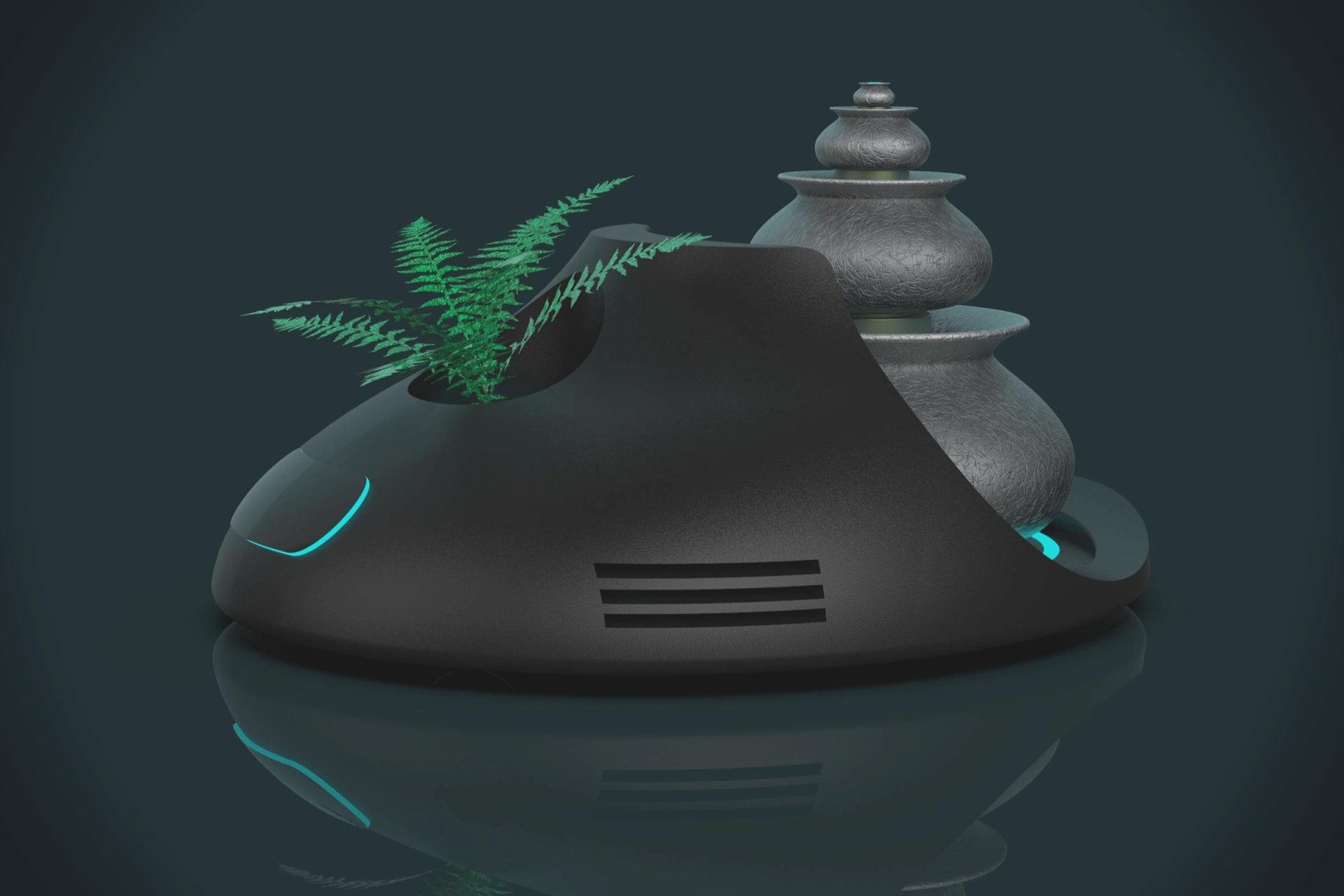Air cleaners and air purifiers are often used interchangeably. They both improve the quality of air in your home by removing or reducing airborne pollutants. Both help your HVAC system last longer and run more efficiently. However, they have their differences. Air cleaners are less expensive and more effective than air purifiers.
They help your system run more efficiently
There are a variety of air cleaners and air purifiers available, including HEPA air cleaners and ionizers. Both work by trapping particles in the air. Then, the clean air is released back into your home. While air filters are built into your HVAC system, air cleaners and purifiers are separate appliances that help your system run more efficiently by filtering pollutants.
They remove contaminants from the air
The purpose of air cleaners and air purifiers is to reduce contaminants in the air. Some of them use ozone as a disinfectant. This reactive gas kills bacteria, fungi, and viruses. However, this form of disinfection is not recommended for indoor use as it can cause respiratory problems. Therefore, air cleaners with ozone are best used in unoccupied spaces.
Air cleaners and air purifiers are a great way to reduce contaminants in the air, and can help protect the health of those who use them. However, they are not enough to protect a person from the disease. For this reason, they should be used in conjunction with other safety measures, such as mask wear and social distancing.
Volatile organic compounds, or VOCs, are dangerous airborne chemicals. They can cause respiratory problems, nasal irritation, and headaches. Some of them can even damage the liver and kidneys. They can also cause cancer in the lungs. Moreover, some gases can cause lung damage and death.
Portable air cleaners or air purifiers are also beneficial because they can help eliminate contaminants from the air. These purifiers remove particles by trapping them in filters. Some models use electrostatic attraction to trap particles. Others use ultraviolet light to destroy pollutants. However, ultraviolet lamps can be difficult to maintain, and portable air cleaners are typically only suitable for one room.
There are two main types of air cleaners: electronic and gas-phase air cleaners. Electronic air filters remove particles from the air stream and are characterized by their removal efficiency. In addition to particle removal, they also remove odors. Electrostatic precipitators require cleaning, and silicone buildup reduces their efficiency. These air cleaners have to be used in conjunction with other products that purify the air.
They capture virus particles
Air cleaners and air purifiers capture airborne virus particles by trapping them in their filters. They use a complex weave of tiny fibers, known as HEPA filters. These fibers have an electrostatic charge, which attracts and traps small particles without letting larger particles pass through. However, as the filter becomes “loaded” with pollutants, its efficiency decreases. The higher the charge coefficient of the fibers, the better the filtration.
To ensure proper virus-capturing effectiveness, air cleaners and air purifiers must have a high CADR (Component Air Dirt Reaction Number) value for the air space they are intended to filter. Ideally, the device should be able to capture particles in the 0.1 to 1-micrometer size range.
While air cleaners and air purifiers can help prevent the spread of viruses, they are not the first line of defense. Rather, you should avoid exposing yourself to those who have the viruses and practice proper hygiene. In addition, you should purchase an air purifier that is designed to filter only one room and should not blow directly from person to person.
However, air purifiers are only effective in some cases, and the average person may not need one during a pandemic. During an outbreak, wear a mask and isolate yourself from others. You may also want to keep an air cleaner in a room with a closed door.
As an added precaution, you should also disinfect your groceries. COVID-19 is spread from person to person, through close contact and sneezing. The virus particles become attached to water vapor, which is a fine mist. Depending on the virus, these particles can live for hours or even days.

